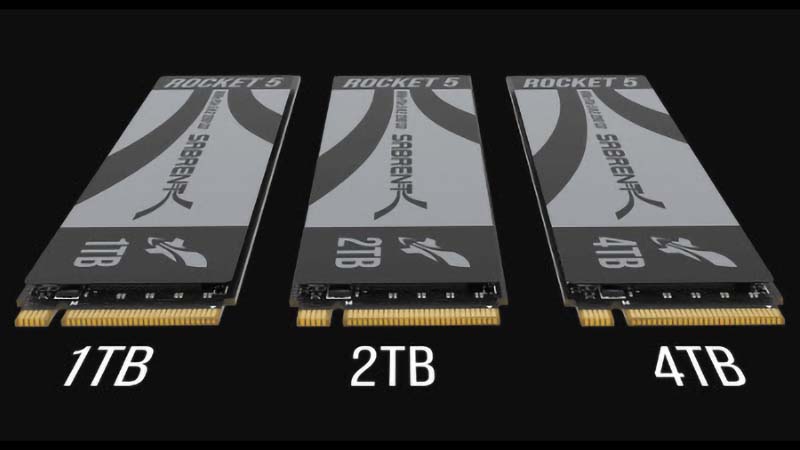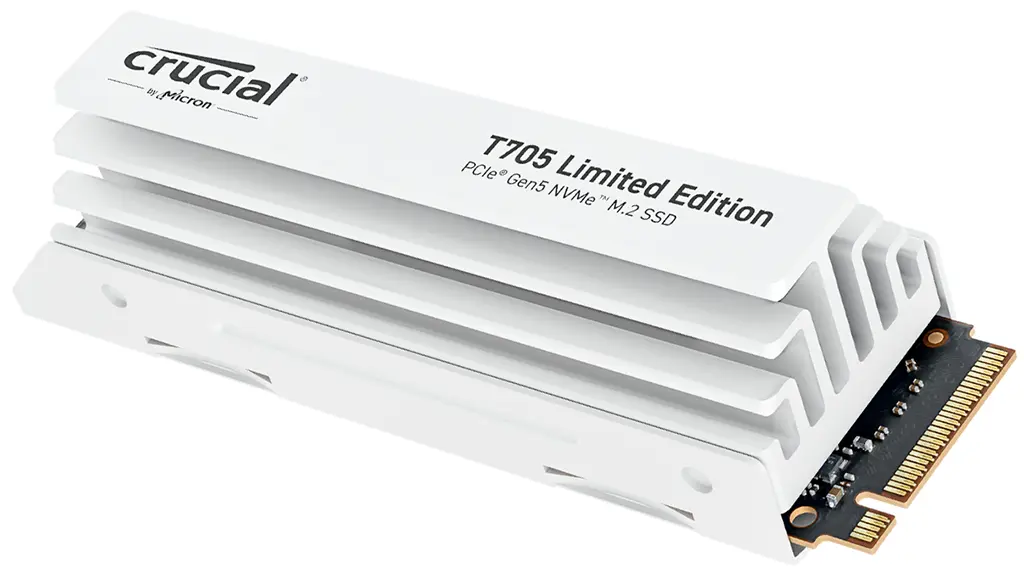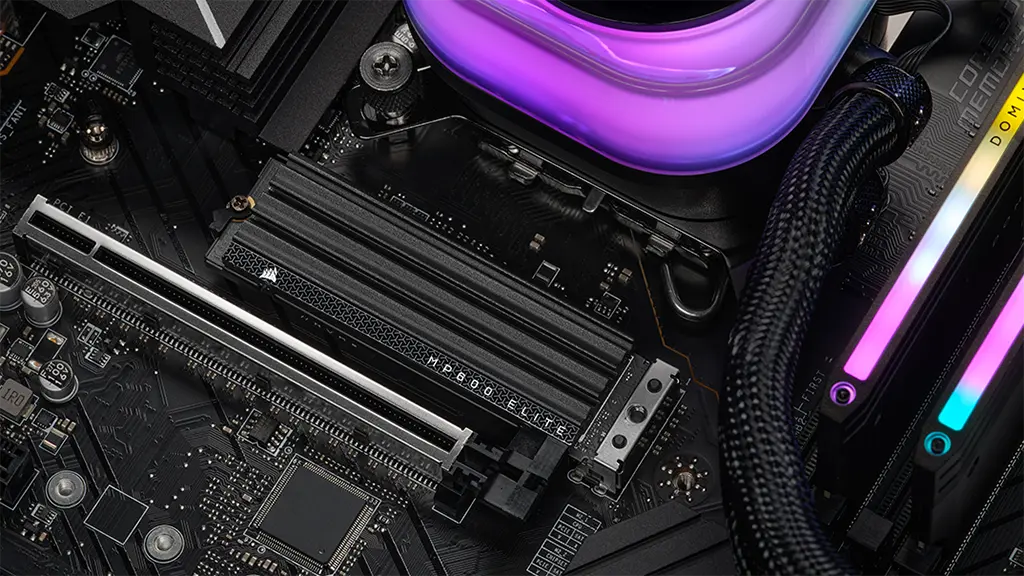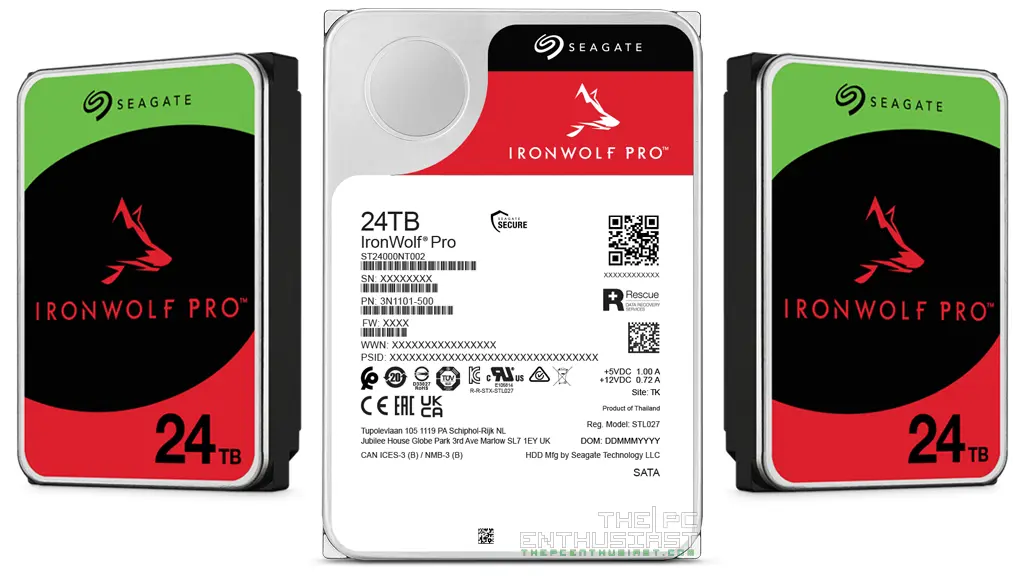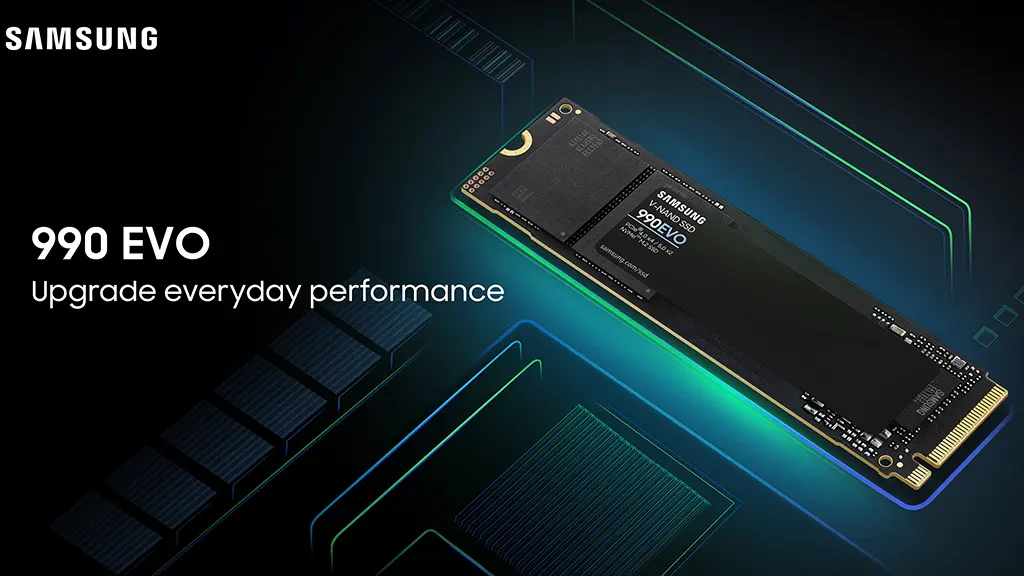WD, a Western Digital company, recently introduced and released its innovative WD Ae™ line of hard drives designed for the unique operating characteristics of the emerging archive tier within web-scale datacenters. Built on a platform to achieve optimal total cost of ownership (TCO), the WD Ae hard drives utilize the lowest possible power consumption and a Progressive Capacity™ model to enable a new tier of storage for large-scale cloud infrastructures. Check out the rest of its features and specifications below.
WD Ae Cold Data Storage HDD Features
Features in a gist:
- Energy efficient
- Proven cold storage reliability
- Cost-effective capacity storage
- Progressive Capacity
- Quick Data Retrieval
- Cold-data power management
- 3D Active Balance Plus
- NoTouch ramp load technology
- Dual actuator technology
According to Matt Rutledge, senior vice president and general manager, storage technology, WD: “Modern datacenter customers came to us with a need for an HDD solution designed specifically for ever-expanding cold-data repositories,”. “Now in our third generation with over 700 petabytes deployed, WD is bringing the WD Ae drive to the broader market, representing another vital component of WD’s capacity storage portfolio, which delivers features and product attributes optimized for the rapidly evolving storage market.”
The expanding scale of data creation and the corresponding need to retain, preserve and extract value from that data creates a new and unique challenge for large-scale datacenter entities. Reliable, long-term data management for massive-scale data storage is becoming ever more critical. The conventional tools and technologies for cost-effective storage are not effective in massive-scale datacenters, so entirely new approaches to storage architectures and associated component technology are emerging.
According to John Rydning, IDC’s vice president for hard disk drive research: “Cloud service providers have rapidly growing volumes of generally inactive data to store and manage, while at the same providing customers with access to the data at almost any time,”. “WD’s new WD Ae line of HDDs is aimed directly at these storage use cases, and is helping to define a new, active archive enterprise storage sub-segment, thus opening new HDD storage opportunities for the HDD industry.”
Focusing on the unique attributes of cold data, WD has led the cold/archive market with multiple generations of archive storage, actively evolving a product formula to deliver the optimal combination of cost-effectiveness, power efficiency, storage density and application intensity. WD Ae drives are purpose-built archive HDDs with extreme areal density on a high volume mechanical platform that offers increased power efficiency and a Progressive Capacity model.
Part of the unique attributes of the WD Ae hard drive family includes: a dense five-platter platform, which renders an optimal mix of power, performance, capacity and cost; capacities greater than 6 TB; SATA 6 Gb/s interface; and a workload and reliability rating of 60 TB/yr workload and 500 Khrs Mean Time Before Failure (MTBF).
WD Ae Progressive Capacity
As technology and manufacturing processes mature over time, incremental capacity increases are realized. WD’s innovative Progressive Capacity model allows distribution of these incrementally higher capacity models to take advantage of their fullest available capacity: 6.1 TB, 6.2 TB, or 6.3 TB, for instance. These more granular capacity increments result in far greater capacity attainment through the life of a product platform. At the massive scale of modern applications, the availability of incremental capacity each quarter renders exceptional value to datacenters who can realize improvements in capacity-per-drive, capacity-per-volumetric space and reduced infrastructure overhead.
Hot vs. Cold Data Storage – the Data Storage Temperature Continuum
While approximately 20-30 percent of data on most networks is active, commonly referred to as “hot,” the majority of data, 70-80 percent is inactive or “cold,” meaning it is unchanging and infrequently accessed. Given the challenges of storing petabyte- or exabyte-scale data, public cloud and private cloud ecosystems are focused on creating entirely new tiers of storage to deal with the varying degrees of “data temperature.” The cold data tier is emerging in a manner very similar to the way the “Tier 0” emerged over the past decade to deal with critical performance requirements. Now the industry is adding a new tier on the opposite end of the data temperature spectrum, often referred to as “Tier 3” storage.
Cold storage is the practice of creating a new tier of important information not frequently accessed for long periods of time, and can include structured, unstructured, or semi-structured data that has timeless value, and of which the exact schedule of retrieval is uncertain. As a result, data retrieval times can be relaxed, compared to the speed at which hot data needs be retrieved.
Ultimately, with purpose-built and cost-optimized cold data storage infrastructure and devices, IT departments can deliver vastly improved time-to-archive and time-to-retrieve cold/archive data that outstrips capabilities of monolithic tape libraries, while utilizing standard hard-drive based storage solutions that are abundantly used and understood to realize optimal application value and significant storage cost savings.
WD Ae HDDs are Ideal for:
The WD Ae is best suited for cold storage, backup and data archiving where data is stored on disk but rarely if almost never read again yet may be critical at some future point, prime examples being legal data or photo backups.
WD Ae Cold Data Storage HDD Specifications
Model Number: WD600VF4PZ
Interface: SATA 6 Gb/s
Form Factor: 3.5 Inch
RPM: 5760
Capacity: 6.x TB
Cache: 64 MB




